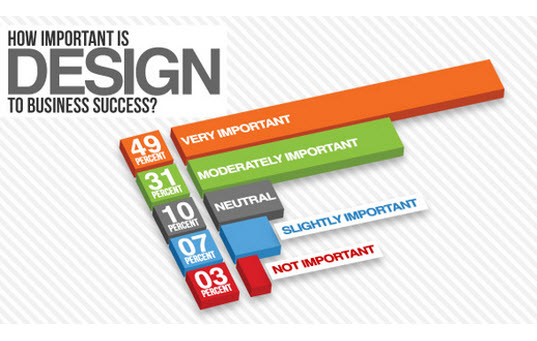The Advancement Of Web Design: After That And Now
The Advancement Of Web Design: After That And Now
Blog Article
Material By-Johnsen Trolle
In the past, websites were easy and concentrated on info. Navigation was direct, and layout was for desktops. Now, user experience is vital. Data overviews styles for easy navigation. Receptive designs fit various gadgets. Today, dark setting lowers pressure, and minimalist food selections improve navigating. Interactive attributes involve individuals, and bold visuals stick out. https://smallbiztrends.com/2022/01/using-website-crawler-digital-marketing.html increases involvement. See just how layout has actually evolved to enhance your online journey.
Early Days of Website Design
In the very early days of web design, simpleness preponderated. https://www.prweb.com/releases/webfindyou_adds_idx_integrations_for_real_estate_companies_and_agents/prweb18764166.htm were standard, with limited shades, font styles, and layouts. The focus was on supplying details instead of flashy visuals. Customers accessed the web through sluggish dial-up links, so rate and performance were vital.
Navigation menus were straightforward, normally located at the top or side of the web page. Internet sites were developed for desktop, as mobile surfing had not been yet widespread. Content was king, and developers prioritized very easy readability over complex style aspects.
HTML was the main coding language used, and designers needed to function within its constraints. Computer animations and interactive attributes were very little compared to today's standards. Internet sites were fixed, with little vibrant web content or personalized user experiences.
Surge of User-Focused Layout
With the development of internet site style, a change towards user-focused layout principles has actually ended up being progressively noticeable. Today, developing websites that prioritize user experience is critical for engaging visitors and accomplishing company objectives. User-focused style includes comprehending the needs, choices, and actions of your target market to customize the internet site's design, material, and includes appropriately.
Designers currently perform complete research, such as customer surveys and functionality screening, to gather insights and feedback directly from customers. This data-driven strategy assists in developing intuitive navigation, clear calls-to-action, and visually appealing user interfaces that reverberate with site visitors. By positioning the individual at the facility of the design procedure, internet sites can provide a more individualized and enjoyable experience.
Receptive style has actually additionally become a key aspect of user-focused style, making sure that web sites are maximized for numerous gadgets and display sizes. This flexibility enhances availability and use, dealing with the diverse ways individuals communicate with web sites today. Fundamentally, the increase of user-focused style signifies a shift towards creating electronic experiences that focus on the needs and assumptions of the end customer.
Modern Trends in Web Design
Check out the most recent patterns shaping web design today. One prominent pattern is dark mode style, using a sleek and contemporary look while reducing eye strain in low-light atmospheres. One more key trend is minimalist navigating, streamlining menus and improving customer experience by focusing on essential elements. Integrating micro-interactions, such as animated switches or scrolling results, can develop an extra interesting and interactive internet site. Receptive layout remains vital, guaranteeing smooth customer experiences across numerous gadgets. Additionally, using bold typography and asymmetrical layouts can add aesthetic interest and draw attention to details content.
Incorporating AI technology, like chatbots for client support or individualized suggestions, boosts customer involvement and enhances processes. Access has likewise become a significant fad, with developers focusing on inclusive design practices to cater to varied customer needs. Embracing sustainability by maximizing internet site performance for speed and effectiveness is an additional emerging fad in website design. Collaborating with customer feedback and information analytics to repeat and boost style continuously is essential for remaining relevant in the ever-evolving digital landscape. By welcoming these contemporary fads, you can create an aesthetically attractive, easy to use website that resonates with your audience.
Conclusion
As you review the evolution of internet site design from the early days to now, you can see how user-focused style has come to be the driving force behind modern-day patterns.
Embrace the journey of adjustment and adaptation in website design, always maintaining the customer experience at the leading edge.
Tippingpointdigital
Remain present with the latest trends and modern technologies, and never stop advancing your technique to create visually stunning and easy to use sites.
Develop, adapt, and produce - the future of website design remains in your hands.
